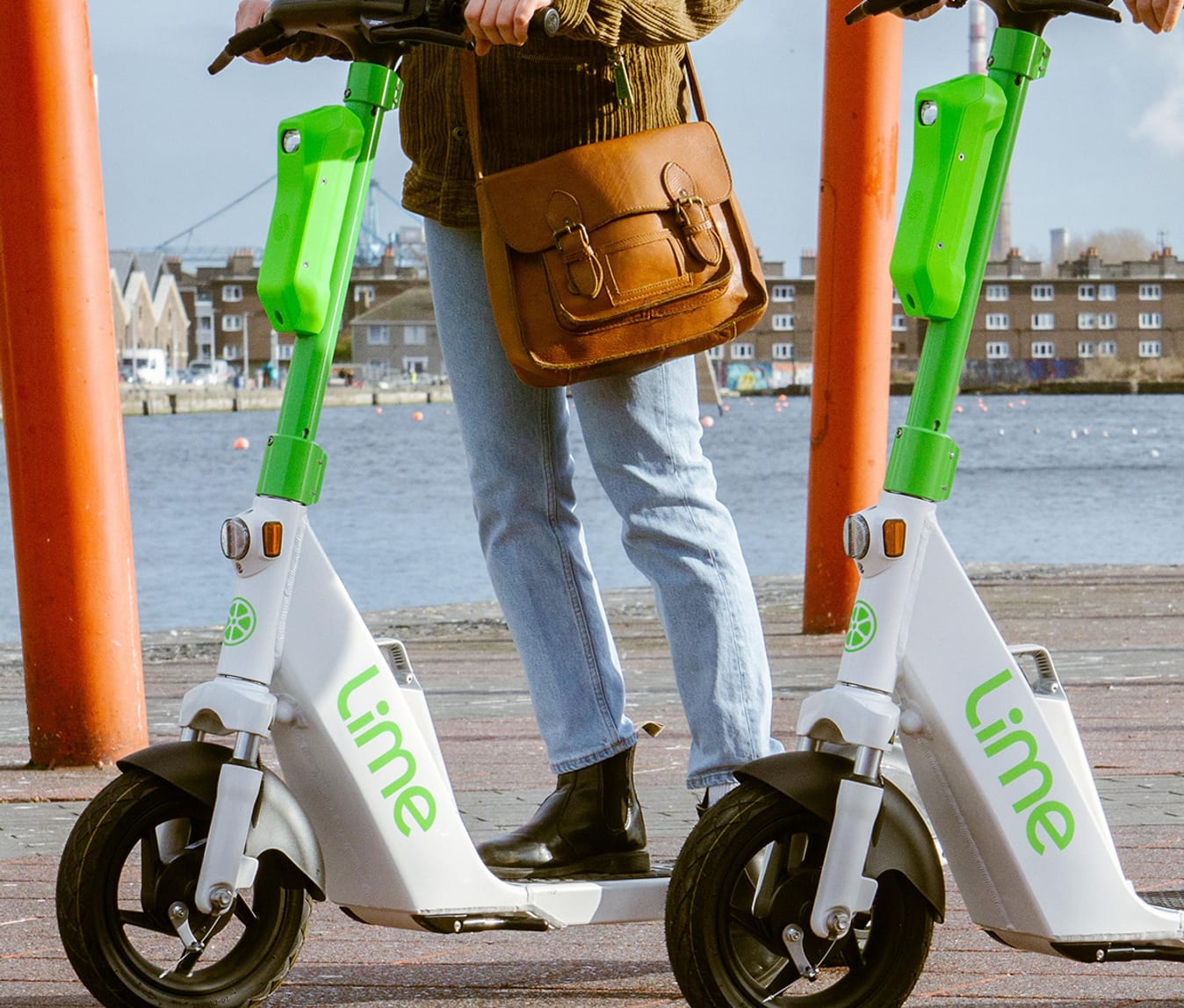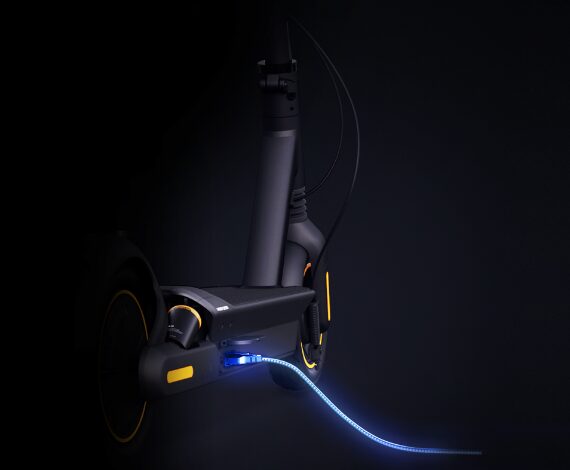The History of Electric Scooters in Canada
Electric scooters have become a popular mode of transportation in cities around the world, offering a convenient, eco-friendly, and cost-effective alternative to traditional vehicles. In Canada, electric scooters have seen a surge in popularity in recent years, with more and more urban dwellers embracing this innovative mode of transport.
Ready to join the electric scooter club? Look no further than T-Dot Wheels, the trusted source for all your electric scooter needs! We've got a sweet selection of Mid Range, Long Range and Kids E-Scooters waiting for the perfect rider. Check out what we have in stock today 😁
In this article, we will delve into the history of electric scooters in Canada, exploring their origins, growth, and impact on Canadian cities. So, sit back, relax, and join us on a fascinating journey through time!
The Early Days: Origins of Electric Scooters
The concept of electric scooters dates back to the early 20th century when inventors began experimenting with electric-powered vehicles. While these early prototypes were rudimentary and far removed from the sleek, modern electric scooters we know today, they laid the groundwork for the development of more advanced models in the decades that followed.
In Canada, the history of electric scooters is closely linked to the broader development of electric bicycles, which gained popularity in the 1990s and early 2000s. As electric bicycle technology evolved, so too did the concept of the electric scooter, with manufacturers exploring new designs and features to create a more compact, lightweight, and maneuverable mode of transportation.

The Rise of Electric Scooters in Canadian Cities
The adoption of electric scooters in Canada began to take off in the late 2000s and early 2010s, as advances in battery technology led to the development of more efficient, longer-lasting, and more affordable electric scooters. The growing awareness of the environmental impact of traditional gasoline-powered vehicles also contributed to the increased interest in electric scooters, with many Canadians seeking greener alternatives for their daily commutes and short trips around town.
In recent years, electric scooter-sharing programs have emerged in several Canadian cities, further fueling the growth of electric scooters as a popular mode of urban transportation. Companies such as Bird, Lime, and Roll have launched scooter-sharing services in cities like Calgary, Edmonton, and Ottawa, allowing users to rent electric scooters on a pay-per-minute basis. These programs have not only made electric scooters more accessible to a wider audience but have also helped to raise awareness and acceptance of this emerging mode of transport.

Regulatory Challenges and Evolving Legislation
As electric scooters have become more widespread in Canada, they have also been met with regulatory challenges and evolving legislation. In many Canadian provinces, electric scooters were initially classified as motorized vehicles, subject to the same regulations as motorcycles and mopeds. This classification posed significant barriers to the adoption of electric scooters, as users were required to obtain a driver's license, insurance, and registration to legally operate their scooters on public roads.
In response to the growing popularity of electric scooters and the need for more flexible, eco-friendly modes of transportation, several Canadian provinces have updated their regulations in recent years to better accommodate electric scooters. In provinces like Alberta and British Columbia, electric scooters are now classified as "low-powered vehicles" or "electric kick scooters," subject to different regulations than traditional motorized vehicles. These changes have made it easier for Canadians to legally use electric scooters for their daily commutes and leisure activities, further driving their adoption across the country.
The Impact of Electric Scooters on Canadian Cities
The rise of electric scooters in Canada has had a significant impact on Canadian cities, transforming the way people move around urban spaces and prompting discussions about sustainable transportation and urban planning. In many cities, electric scooters have become an integral part of the transportation ecosystem, complementing existing public transit systems and helping to reduce traffic congestion and greenhouse gas emissions.

At the same time, the proliferation of electric scooters in Canadian cities has also raised concerns and challenges related to safety, infrastructure, and public space management. As more people take to the streets on electric scooters, cities have had to grapple with issues such as safe riding practices, designated parking areas, and appropriate infrastructure to support this new mode of transport. In response, many municipalities have introduced new regulations and guidelines to ensure the safe and responsible use of electric scooters in public spaces.
Looking to the Future: Electric Scooters in Canada
As electric scooters continue to gain popularity in Canada, we can expect to see ongoing innovations in technology, design, and features, making them an even more attractive and viable mode of transportation for urban dwellers. With advancements in battery technology, we can anticipate electric scooters with longer ranges and shorter charging times, while further refinements in design and engineering will likely result in lighter, more robust, and more customizable models.

As more Canadians embrace electric scooters as part of their daily lives, it will be crucial for cities to continue adapting their infrastructure, regulations, and urban planning strategies to support this growing mode of transportation. This may include the development of more dedicated bike lanes and scooter-friendly pathways, the expansion of scooter-sharing programs, and the implementation of public education campaigns to promote safe and responsible scooter use.
The history of electric scooters in Canada is a story of innovation, adaptation, and growth. From their early beginnings as rudimentary prototypes to their current status as a popular and eco-friendly mode of urban transportation, electric scooters have come a long way in a relatively short period. As Canadians increasingly turn to electric scooters for their daily commutes and leisure activities, it is clear that this innovative mode of transport is here to stay.

As we look to the future, we can expect electric scooters to continue shaping Canadian cities, transforming the way we move through urban spaces and contributing to more sustainable, connected, and vibrant communities.
If you're in the market for an electric scooter and want a reliable source for your purchase, look no further than T-Dot Wheels. Our selection of Mid Range, Long Range, and Kid's E-Scooters is second to none, and we take pride in ensuring that each rider finds the perfect fit for their needs. Check out our current inventory to see what's available today.
If you live in Toronto or another city in Ontario it’s important to familiarize yourself with local electric kick scooter regulations before riding. Check out our informational blog Here for the full scoop on E-scooter regulations in Ontario. Live outside of Ontario? Please also check with your local municipality before operating an electric scooter.

